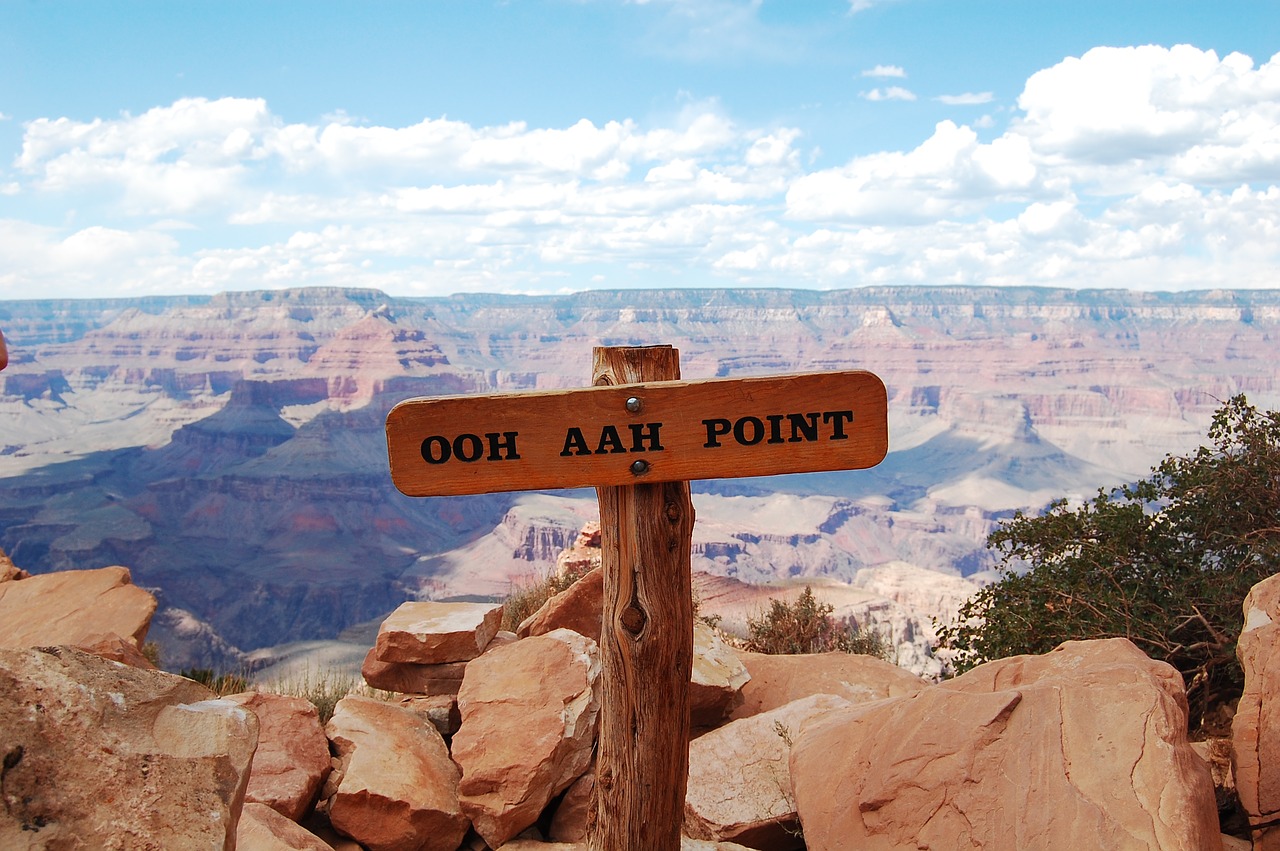
Standing on the rim of the Grand Canyon for the first time, I was struck by the intersection of the past and the future in a single moment of eternal now. I sensed the immense forces that carved this gorge in the earth: wind, water, and time. As a physical experience of time, this great canyon stretched into the past and future. Constant change happened even as I stood there in stillness—doing nothing, being with the moment. Time seemed to stand naked before me in this ever-present “Naked Now.” Perhaps this moment is similar to what the mystics experience. Perhaps it is in the moment that I get lost in the gaze of a newborn, the timelessness of hours spent with a close friend, the effortlessness of a creative flow.
“The Naked Now: Learning to See as the Mystics See” by Richard Rohr delves into how the mystics experience the world. As a modern spiritual teacher and Franciscan priest, he approaches spirituality mainly through the lens of Christianity. However, he is also an eclectic teacher that presents other traditions and quotes other great teachers and writers. He interchangeably uses the words contemplation, nondualistic thinking, and third-eye seeing.
… as … St. Bonaventure put it, “God is the One whose center is everywhere and whose circumference is nowhere.” It takes a different mind to live in such a different time and space.
Third-Eye Seeing
Imagine three different men looking at the same sunset. Each man sees something different.
- One man sees the sunset and enjoys the physical beauty of the event. Like the majority of people, his world consists of what he can “see, feel, touch, move, and fix.”
- The second man also enjoys the physical beauty, but he uses the power of his mind to understand and make sense of the universe. He understands the rotation and movement of the earth and sun that make the sunset possible. He enjoys seeing the world in this expanded way.
- The third man sees with the eyes of the first (enjoying the physical beauty) and the eyes of the second (the eye of understanding), but also experiences the awe and mystery.
“Third-eye seeing is the way the mystics see. They do not reject the first eye; the senses matter to them, but they know there is more. Nor do they reject the second eye; but they know not to confuse knowledge with depth or mere correct information with the transformation of consciousness itself. The mystical gaze builds upon the first two eyes – and yet goes further. It happens whenever, by some wondrous “coincidence,” our heart space, our mind space, and our body awareness are all simultaneously open and nonresistant. I like to call it presence. It is experienced as a moment of deep inner connection, and it always pulls you, intensely satisfied, into the naked and undefended now, which can involve both profound joy and profound sadness. At that point, you either want to write poetry, pray, or be utterly silent.”
—Richard Rohr, The Naked Now, Chapter 3
Moving Towards the Naked Now
With stories, metaphors, and quotes, Richard Rohr presents spiritual concepts with clarity. His book covers topics on moving towards an experience of the naked now. He quotes Eckhart Tolle and describes ways to transcend the dualistic, either-or, all-or-nothing thinking of the mind that keeps us out of the present moment. The book discusses Eastern versus Western thinking (and the pros and cons of each), the nature of prayer, contemplation, meditation, leadership, and many other spiritual topics. He dives head first into the two great teachers of spiritual transformation: Love and Suffering.
“True spirituality is not a search for perfection or control or the door to the next world; it is a search for divine union now.”
